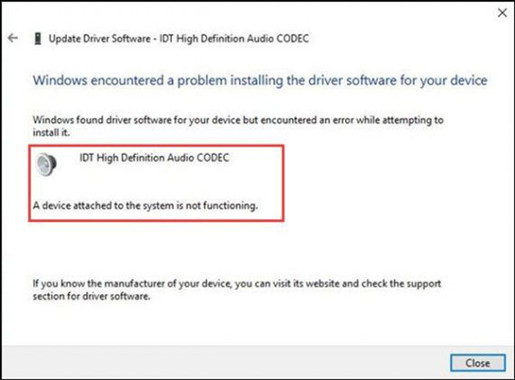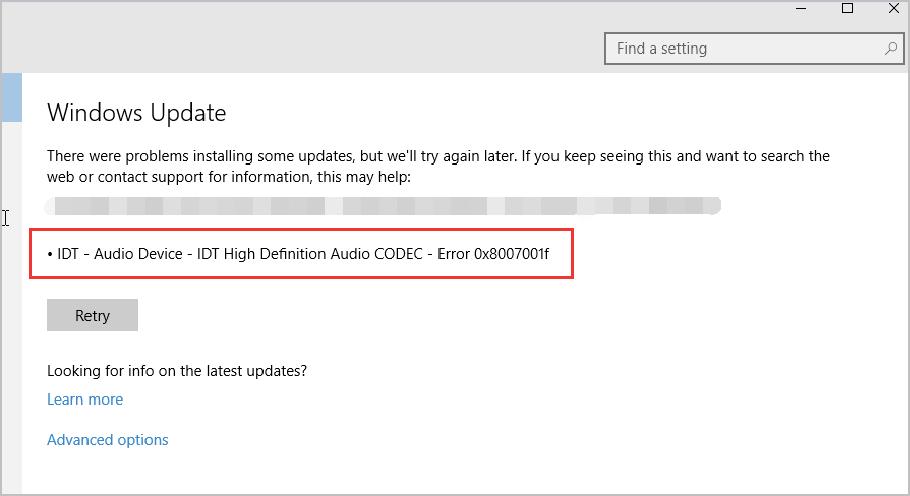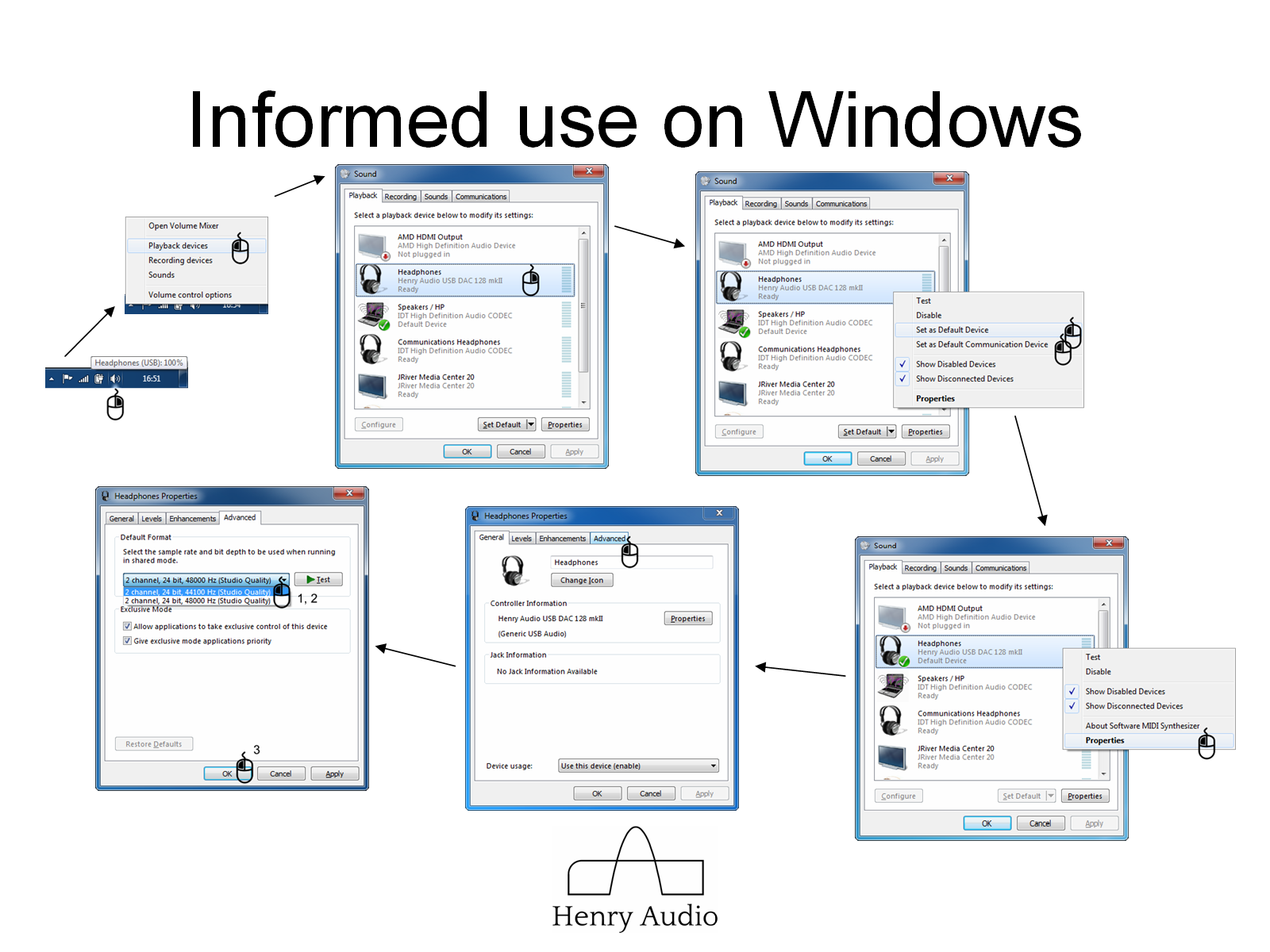


- #48 khz idt high definition audio codec windows 10 how to
- #48 khz idt high definition audio codec windows 10 install
- #48 khz idt high definition audio codec windows 10 driver
For example, I'm able to put in a sample rate of 96000 into the program, and 44100 into Windows, and the frequency response will be restricted to circa 20kHz (but with a strange spike right up near 48kHz due to resamplingĪrtifacts or whatever) I've tried this on both the internal Realtek and the external M-Audio Fast Track Ultra with similar results. If they don't match, the results are non representative of
#48 khz idt high definition audio codec windows 10 how to
I couldn't immediately see how to use the Passmark SoundCheck to actually perform analysis of the soundcard, so I downloaded "Sound Card Analyzer 1.0" from: overviewHeadĪs expected, this too doesn't work properly on my Windows 7 system, unless I make sure that the sample rate that is configured in the application matches that set in the Windows properties. On 48kHz, 24-bit (the default for my system), and as expected, it was changed to 44.1kHz, 16-bit.
#48 khz idt high definition audio codec windows 10 driver
However, I've repeated the audio class driver install, with the Realtek settings being So, after the HD Audio Class driver install, the only change that I observed was the bit depth. Silently downsample to 48kHz? Anyway, a different topic I guess)ĮDIT: the audio interface was set to 44.1kHz 24-bit. (but what happens if even higher grade material is played? Will I get a warning if Windows is not going to increase the hardware rate above 48kHz, or will it (yes?) So,Īs far as I can see, the default settings that the Realtek driver used (48kHz, 24-bit) made sense. Given that Windows 7 does not change the hardware config on the fly (like XP used to), I would have thought that a default rate of 48kHz (and 24-bit) would make a LOT more sense, because otherwise 48kHz material will be downsampled to 44.1kHz.
#48 khz idt high definition audio codec windows 10 install
(I forget what I had it set to before the install, but whatever it was it wasn't 16-bit, so I assume that the class driver install did change the settings. However, the class driver defaults to 44.1kHz 16-bit, I think. I.e, if the sample rate of the hardware is set to 48kHz, artifacts are audible in 44.1kHz content. The same problem occurs with the HD Audio Class driver. On Windows 7, it produces aliasing in the same way that YouTube does, when WaveOut is chosen) (the application that I used for playing the test tone was Winamp, which allows DirectSound or WaveOut toīe chosen. Test, because I am using the same USB audio interface that has it's own control panel, and displays the sample rate that is set at any moment in time. I am quite sure the sample rate of the hardware remains steady on 48kHz for the duration of the Tone from the second one using WaveOut, I do not hear any aliasing, even when XP's "sample rate conversion quality" is set to the LOWEST quality setting. So, on XP, if I open an application that requests 48kHz, and then open an application that requests 44.1kHz, and play a test Otherwise, XP seems to change the sample rate according to the content. Hardware to the rate that the first application requested. I am testing this on XP by opening TWO applications simultaneously, so that XP locks the sample rate of the I am unable to make Windows XP produce any noticable aliasing. If YouTube (via the Adobe FLASH player, yes?) is using WaveOut, is it possible to configure it to use Directsound instead? There is some prior discussion of this issue at this blog: Īccording to a user there, the problem occurs if the application uses the WaveOut API. Toshiba NB300 netbook, Windows 7 Starter. (i.e, Windows only allows the bit depth & channels to be changed - not the I have tried this test with both the internal audio interface, and a high quality USB audio interface, with the same result.įor the internal audio interface, I change the sample rate (and format) via the Advanced properties of the Playback device.įor the external interface, which has it's own control panel, I set the sample rate in that control panel, and then in the Windows playback properties I can only change the format.

If I change my audio interface to 44.1kHz, the aliasing goes away (and the sound is very pure) On Windows 7, if the sample rate of the audio interface is set to a different rate to that of the audio in the YouTube clip, artifacts may be audible.įor example, if the audio interface is set to a sample rate of 48kHz, and the following test tone clip is played, I hear aliasing: Nevertheless, I think/hope that the problem I am experiencing is relevant to this forum. I am not developing anything, so I apologise for this off topic post.


 0 kommentar(er)
0 kommentar(er)
